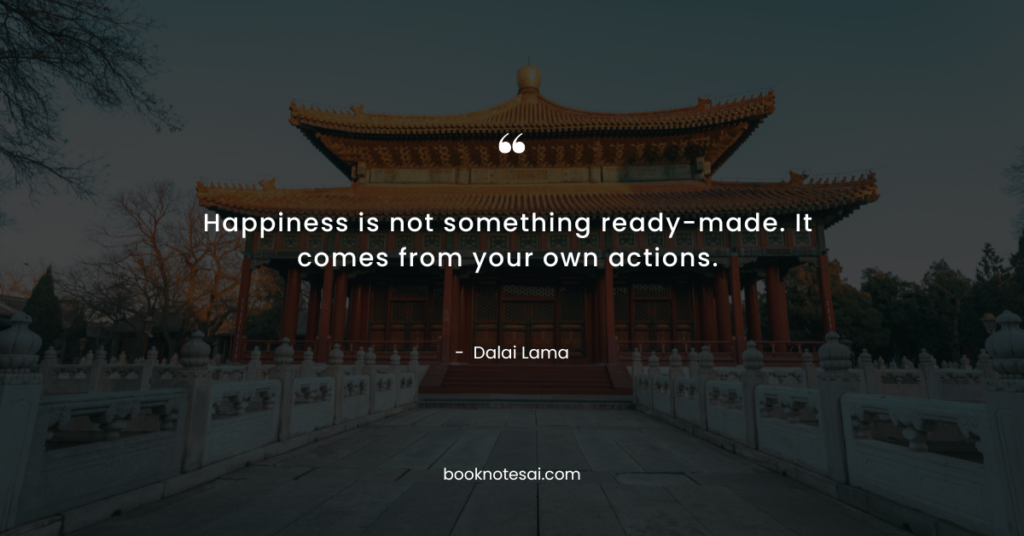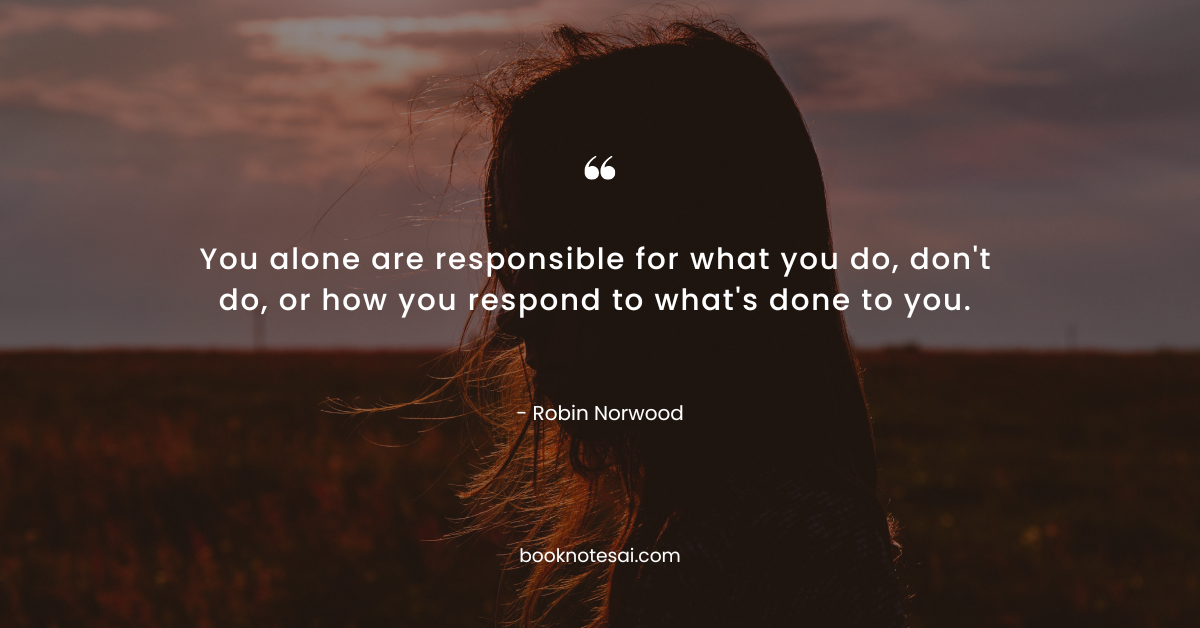Listen To This Post
The Art of Happiness Summary: A Handbook for Living.

This is a book summary for The Art of Happiness by Dalai Lama and Howard Cutler. The essential information is structured to be straightforward, useful, and valuable, all while helping you save plenty of time.
Introduction: Why this book?
- The Art of Happiness explores the profound teachings of the Dalai Lama on finding true happiness and fulfillment in life. It offers readers practical insights and timeless wisdom that can transform their perspective on happiness and well-being.
- In a world filled with stress, anxiety, and uncertainty, The Art of Happiness provides a roadmap for cultivating inner peace and contentment.
By investing time in understanding its concepts, readers can discover a path to lasting happiness and fulfillment.
Rich Dad Poor Dad Summary:
- The Art of Happiness is a collaborative effort between the Dalai Lama and psychiatrist Howard Cutler, exploring the nature of happiness and its attainment through the lens of Eastern and Western philosophies.
- Through insightful conversations, the book delves into the importance of compassion, empathy, and inner peace in achieving true happiness.
- It emphasizes the power of mindfulness and positive thinking in overcoming adversity and finding joy in everyday life.
- The authors discuss practical strategies for managing stress, cultivating meaningful relationships, and living with purpose and authenticity.
- Ultimately, The Art of Happiness serves as a guide to transcending suffering and discovering the profound joy that lies within each individual.
💡 5 Big Ideas
- Cultivating Inner Peace:
The Dalai Lama teaches that true happiness comes from within, emphasizing the importance of cultivating inner peace through mindfulness meditation and self-awareness. By practicing compassion and empathy towards oneself and others, we can find lasting fulfillment. - Letting Go of Attachments:
The book highlights the Buddhist principle of non-attachment, teaching us to let go of material possessions and expectations that often lead to suffering. By embracing impermanence and focusing on the present moment, we can free ourselves from unnecessary stress and anxiety. - Choosing Compassion:
Compassion is portrayed as a fundamental aspect of human nature, capable of transforming relationships and fostering a sense of interconnectedness. By extending kindness and empathy to others, we not only alleviate their suffering but also experience greater fulfillment ourselves. - Finding Purpose and Meaning:
The pursuit of happiness is deeply intertwined with finding purpose and meaning in life. By aligning our actions with our values and cultivating meaningful relationships, we can experience a sense of fulfillment that transcends material wealth. - Embracing Gratitude:
The practice of gratitude is highlighted as a powerful tool for cultivating happiness and contentment. By acknowledging the abundance in our lives and expressing gratitude for the simple joys, we can shift our perspective and find happiness even in the midst of challenges.
In essence, The Art of Happiness teaches us that true happiness is not dependent on external circumstances but is instead a state of mind cultivated through inner transformation and compassionate living.
Powerful Quotes
- “Happiness is not something ready-made. It comes from your own actions.”
This quote emphasizes the idea that happiness is a product of our choices and behaviors. - “The purpose of our lives is to be happy.”
This statement underscores the fundamental human desire for happiness and fulfillment. - “If you want others to be happy, practice compassion. If you want to be happy, practice compassion.”
This quote highlights the reciprocal nature of compassion and happiness. - “The ultimate source of happiness is not money and power, but warm-heartedness.”
The Dalai Lama emphasizes the importance of emotional warmth and kindness in experiencing true happiness. - “When we feel love and kindness toward others, it not only makes others feel loved and cared for, but it helps us also to develop inner happiness and peace.”
This quote illustrates the interconnectedness between compassion, altruism, and personal happiness. - “Happiness is determined more by one’s state of mind than by external events.”
This statement underscores the significance of mindset and perspective in shaping our experience of happiness. - “The more you are motivated by love, the more fearless and free your action will be.”
Love is portrayed as a powerful motivator that liberates us from fear and inhibition. - “If you think you are too small to make a difference, try sleeping with a mosquito.”
This quote encourages individuals to recognize their capacity for impact and change, no matter how small. - “Every day, think as you wake up, today I am fortunate to be alive, I have a precious human life, I am not going to waste it.”
This quote underscores the importance of gratitude and mindfulness in living a fulfilling life. - “Compassion and tolerance are not a sign of weakness, but a sign of strength.”
The Dalai Lama reframes compassion and tolerance as virtues of strength rather than passivity.
One Reason To Read This Book:
The Art of Happiness offers timeless wisdom and practical guidance for cultivating genuine happiness and fulfillment in life.
Who should I recommend The Art of Happiness Summary to?
If you’re seeking practical strategies for finding happiness and contentment in life, regardless of your age or background, The Art of Happiness summary is for you.
Whether you’re a student, a professional, or simply someone navigating life’s challenges, the insights shared in this book can resonate with anyone striving for greater well-being.
Recommendations:
- “Wherever You Go, There You Are” by Jon Kabat-Zinn
- “The Power of Now” by Eckhart Tolle
- “Mindfulness in Plain English” by Bhante Henepola Gunaratana
- “The Happiness Project” by Gretchen Rubin
- “Buddha’s Brain: The Practical Neuroscience of Happiness, Love, and Wisdom” by Rick Hanson
This summary serves as a complimentary guide to the reviewed title The Art of Happiness, offering key insights. For a deeper understanding, we encourage you to explore the full book.


